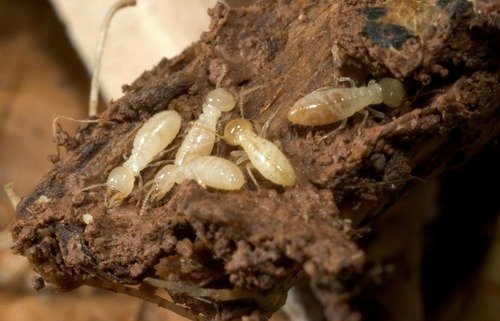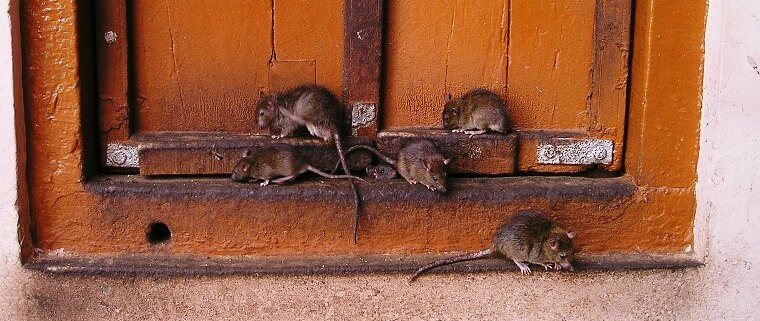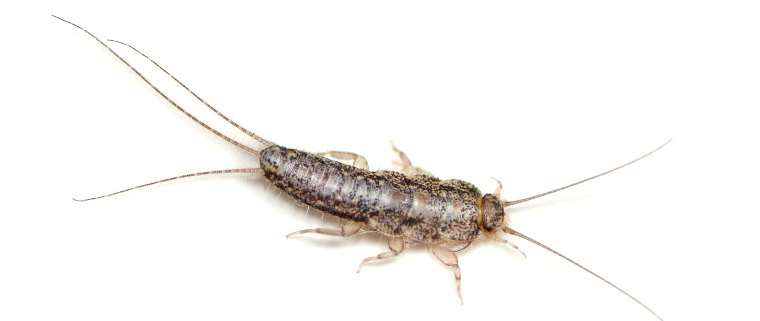Dust mites are perhaps the best-known mite among the tens of thousands of species of mites that have been identified. Mites are small arthropods belonging to the subclass Acari (or Acarina) and the class Arachnida.
The primary habitats of dust mites are beddings and mattresses, where one-third of a mite’s life occurs. An often-used mattress may contain an average of 100,000 to 10 million mites. It is said that 10% of the weight of a two-year-old pillow can comprise dead mites and their droppings. Mites flourish in warm, moist surroundings like the inside of a mattress. They feed primarily on dander, which is the dead skin shed by humans and their pets. A huge mite population can also be found in carpets and household upholstery.
How to Identify Mites
Typical dust mites can barely be seen against a dark background normal light because they are just 0.42 millimetres in length and 0.25 to 0.32 millimetres in width. A microscope must be used to see them clearly. The eight-legged hairy bugs are creamy blue in colour and have no eyes or antennae.
In general, testing for mites is unnecessary because these bugs are very common in households. They almost always show up in tests, so having a test done for mite presence is just an added expense. Since we now know that dust mites are present in our home, the best thing to do is to know how to control or eliminate them.
Why Prevent Mite Infestation?
Dust mites are generally not harmful to most people. They do not carry diseases. However, dust mites are usually the culprits in asthma and allergic attacks worldwide. The gut of a mite has powerful digestive enzymes, which are found in their droppings and are major causes of allergic reactions in sensitive individuals, especially children and the elderly. The exoskeleton of a dust mite can also cause allergies. Sufferers of allergies caused by dust mites experience several symptoms including asthma and difficulty in breathing; runny nose; hay fever; itchy, red or watery eyes; nasal congestion; itchy nose, and more.
There are chemical and non-chemical methods to get rid of dust mites. Disodium octaborate tetrahydrate powder is effective against dust mites. Some non-chemical methods include restricting the availability of food; adjusting living conditions by lowering humidity levels; regularly dusting and vacuuming; and using air purifiers.
If certain family members are especially sensitive to dust mites and you are worried about their health, seek the help of pest control experts to inspect your house and also to recommend an effective pest eradication solution for your home.







